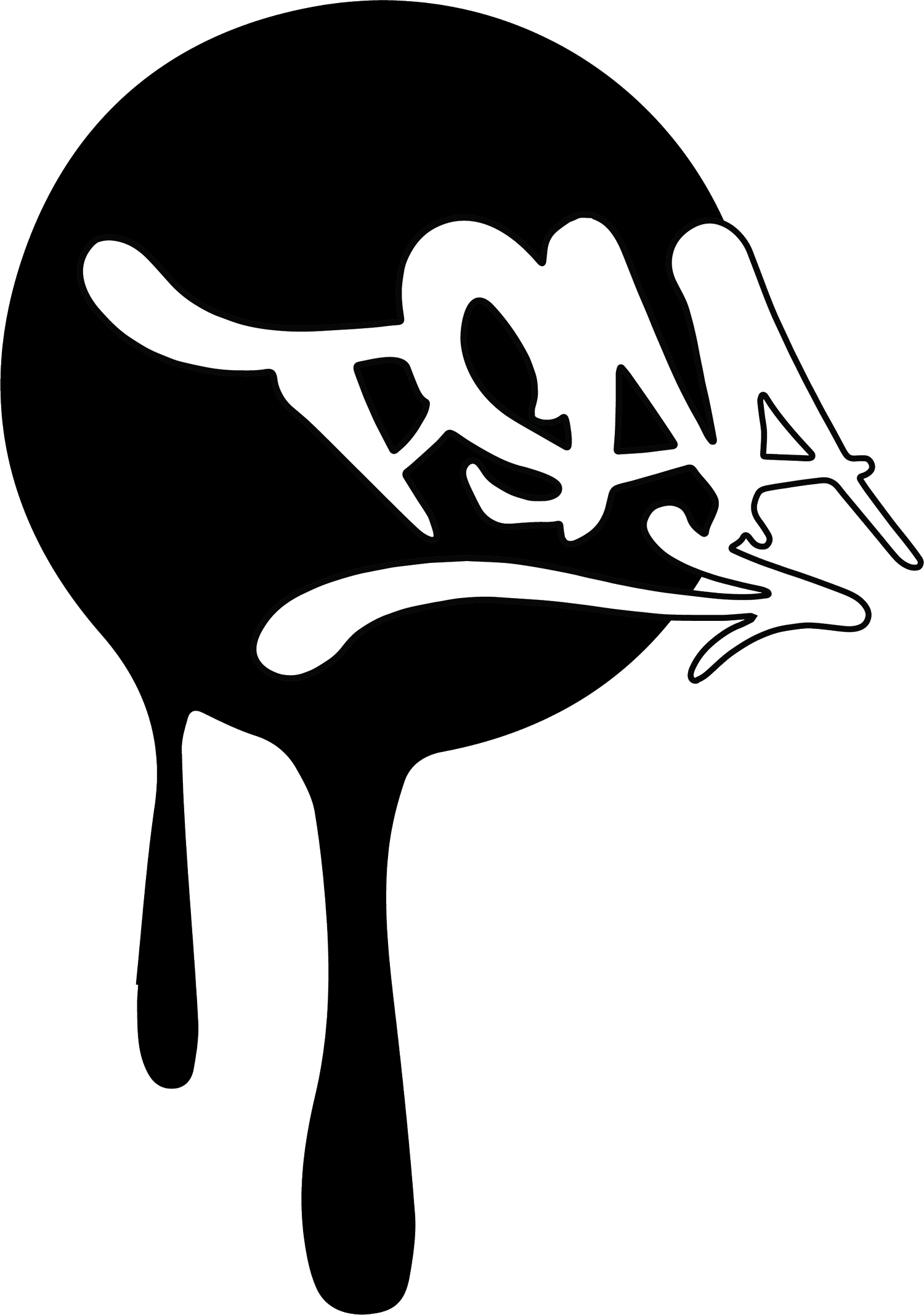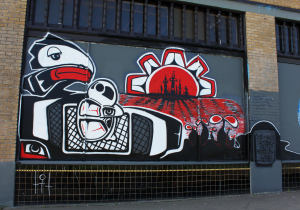BURNSIDE ARTS TRUST: COMMUNITY ART VS. GRAFFITI ABATEMENT
By Burnside Arts Trust
On Easter Sunday, a small group representing the Burnside Arts Trust attempted to give the City of Portland something it sorely needs more of – public art. The long boring stretch of boarded-up grey windows of the historic R.J. Templeton Building on the Burnside Bridge has been a magnet for graffiti and other vandalism for years. Like many other derelict buildings in the city, the Templeton Building attracts urban artists, and later, graffiti abatement crews.
This was the chosen location for the Burnside Arts Trust's latest public art project in Portland. The Burnside Arts Trust hoped to give the city a large public mural that would reduce graffiti vandalism on the Templeton Building and shine light on the uplifting and positive effects that public art has on the surrounding community. This was a lost chance to celebrate Portland's weirdness and its thriving arts culture.
Unfortunately, the mural, which took hours to create, was painted over with grey paint the very next day. Just hours after being buffed, graffiti tags already began reappearing. These, too, will soon be buffed in an endless cycle of creative destruction.
Portland has a long and tumultuous mural arts history. In 1997, 2003, and 2006 the City was sued by Clear Channel, the multi-media conglomerate. Clear Channel demanded that Portland murals be regulated under the same codes that their advertisement billboards were. Even though community activists fought and lessened the burden, these regulations still create a complex code of red tape and barriers for artists who are attempting to paint in Portland. The process also requires applicants to pay the city a permitting fee, something many freelance artists cannot afford. Instead of revisiting the mural code as promised many years ago when it was finalized, the City has chosen to instead focus its efforts on enforcing a zero-tolerance graffiti abatement program. Just one of the many examples of how the graffiti abatement program handles the issue of community art occurred in the summer of 2011 when two public murals in Portland were classified as ‘graffiti,’ even though they were endorsed by the building and business owners and neighboring residents. One of the murals painted over by graffiti abatement was by prolific artist Jules Muck.
The speed in which the Burnside Arts Trust mural was removed, shows that the City of Portland is only willing to celebrate or advance the arts in a very controlled and regulated way. By doing this, the City places a very arbitrary and subjective definition on what constitutes as ‘art’ and ‘graffiti,’ making it clear that citizens do not have a voice when it comes to what they want the spaces around them to look like. These heavy-handed measures also restrict emerging artists, who do not have money or access to a gallery, from sharing their art with the city. The Burnside Arts Trust hopes that this mural project, and the story of its demise, will prompt city officials to reconsider these restrictive public art laws that control our shared creative spaces. If we want to ‘Keep Portland Weird’ and ensure it is seen as a creative capital of the Pacific Northwest, the City must start tolerating more artistic interventions in public space and allow its citizens to enjoy what countless other cities long have, a thriving public art scene.



